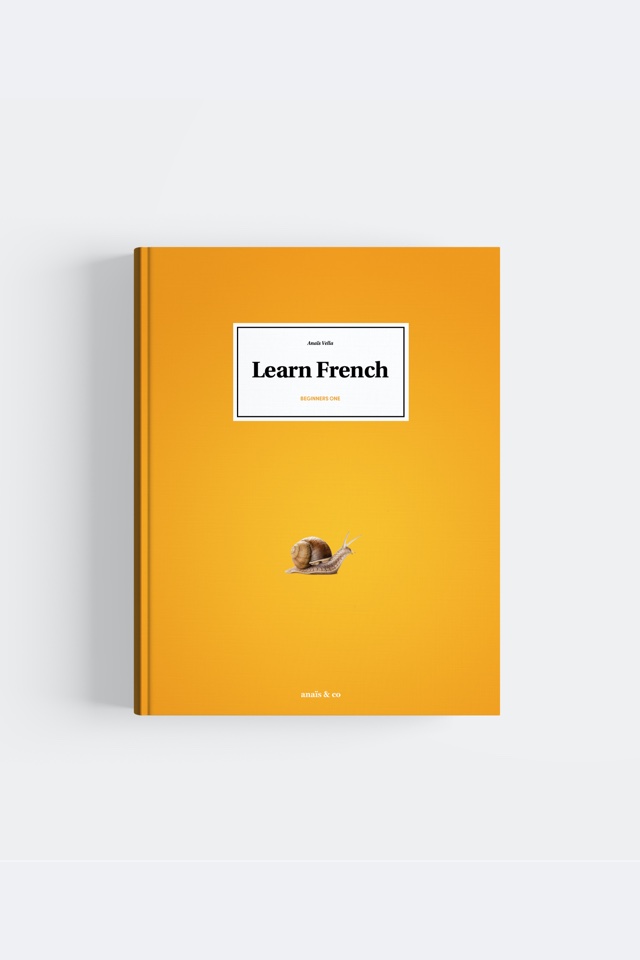

For example:
01:05 → Il est une heure cinq.
21:10 → Il est vingt-et-une heures dix.
At 10:00 → À dix heures.
Quelle heure est-il ? (formal) → What time is it?
Il est quelle heure ? (informal) → What time is it?
Il est …. → It’s ….
For the minutes, we use the normal numbers except for:
15 → Et quart.
30 → Et demi(e). (or “trente”)
35 → Moins vingt-cinq.
40 → Moins vingt.
45 → Moins le quart.
50 → Moins dix.
55 → Moins cinq.
“Et quart” is pronounced ‘ey car” and “moins” is pronounced “mwan.”
“Et demi” takes the mark of the feminine (“e”) when placed after “heure” because it is a feminine word. However, it can’t take the mark of the plural.
For example:
Trois heures et demie.
For the morning, use the numbers 1 to 12 and for the afternoon/evening/night use the numbers 13 to 24. We never say or use 12 for midday, but we say “midi,” and we never say or use 24 for midnight but we say “minuit”.
The afternoon ends at 18:00. The night is only when you sleep. If you are not asleep, it’s still the evening.

More in the books
Werther you are learning by yourself, with Anais and Co or if you are a FLE teacher find this lesson and many more in a beautiful book.
Be notified when we upload a new video.